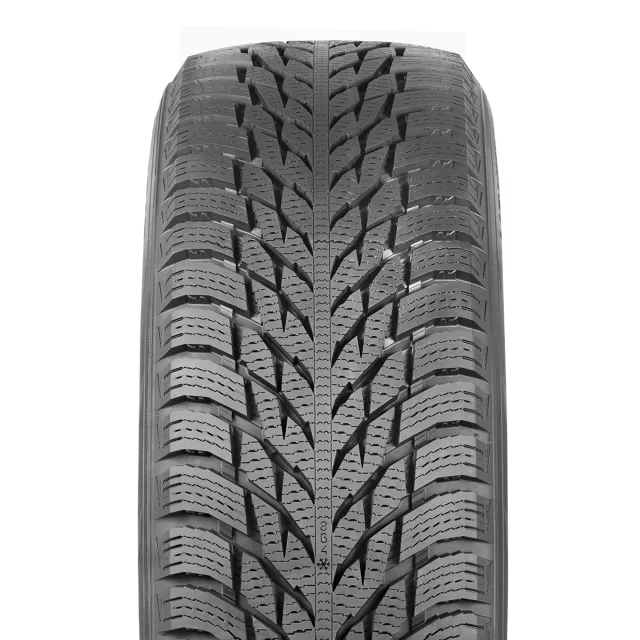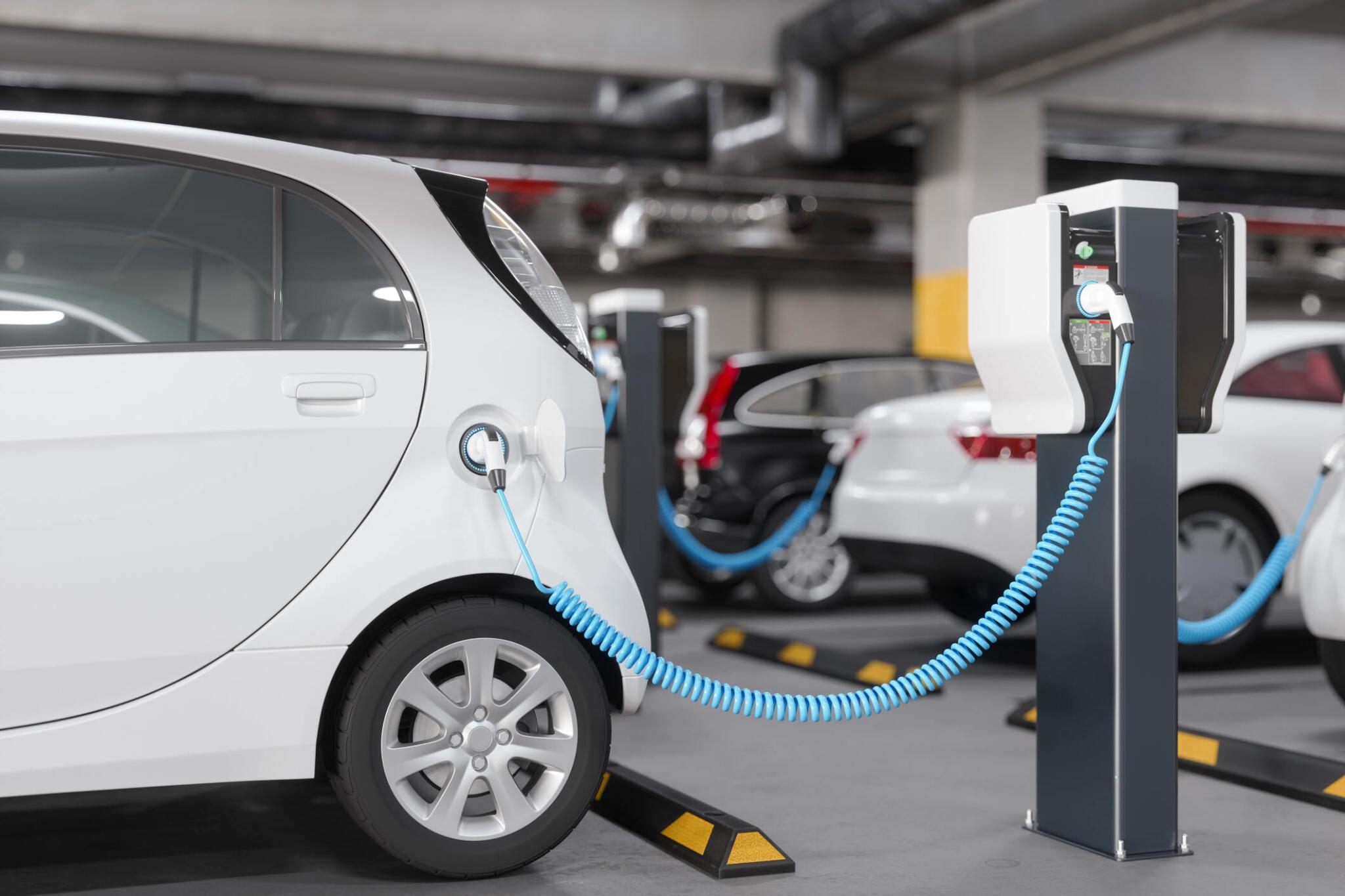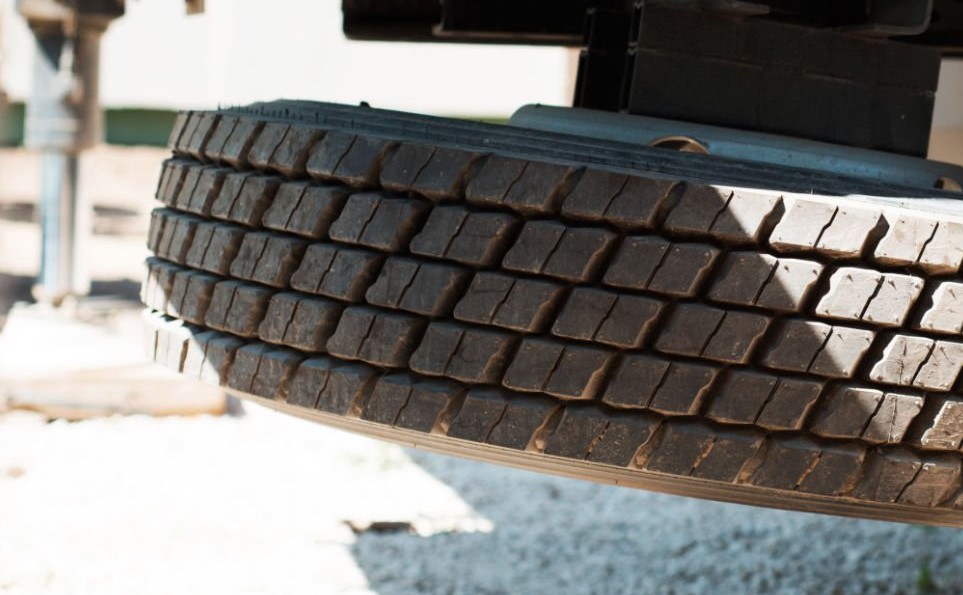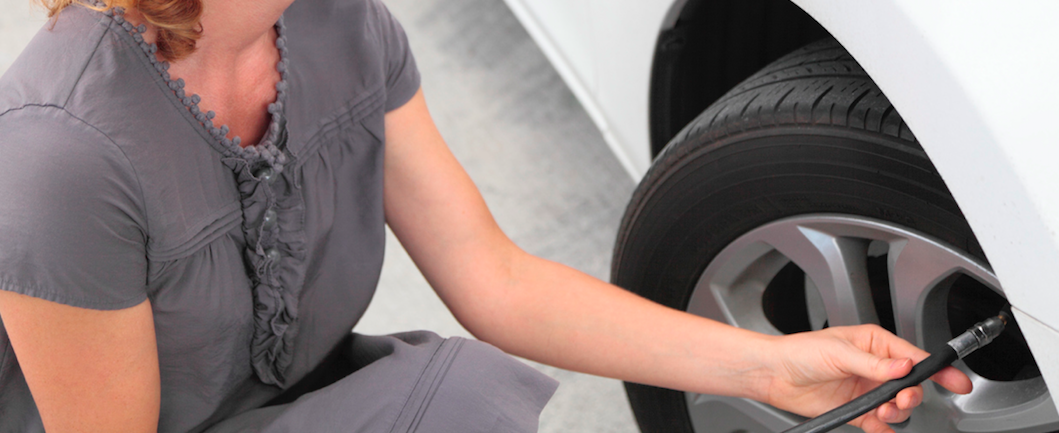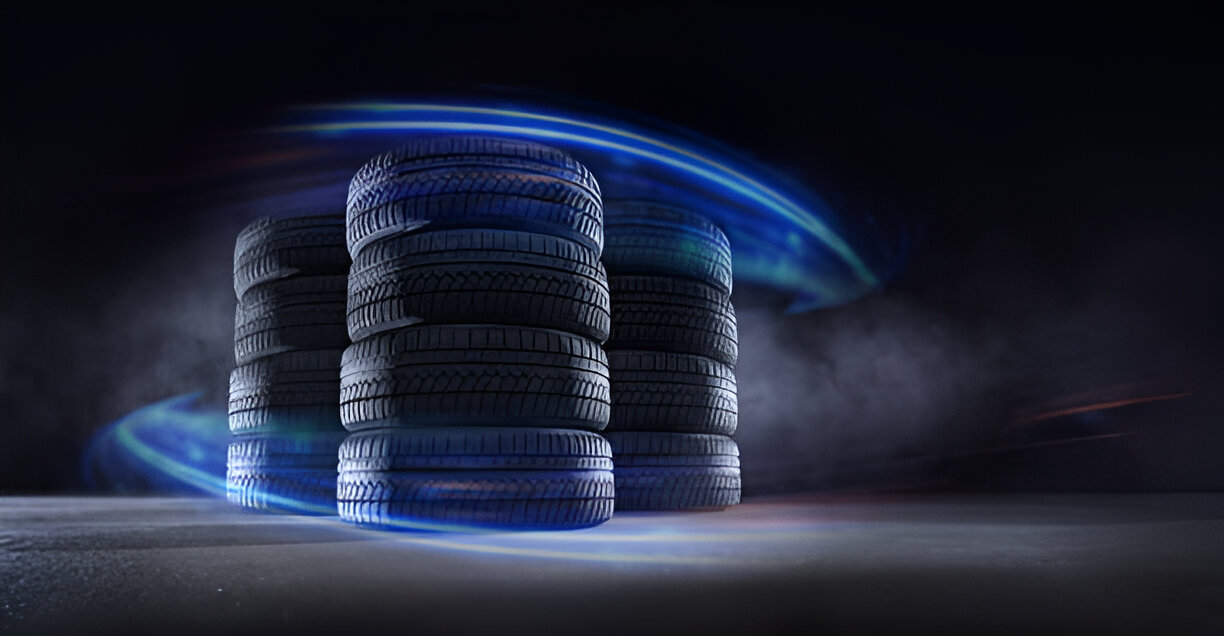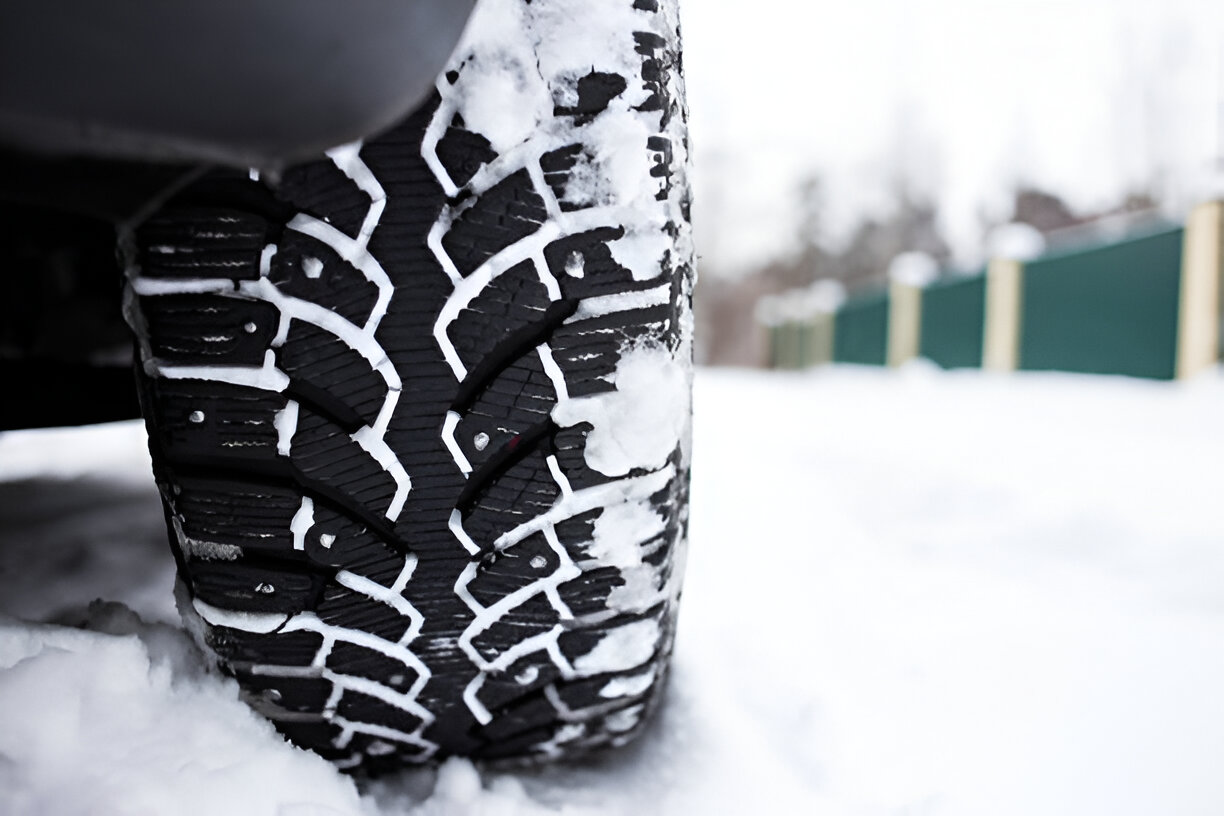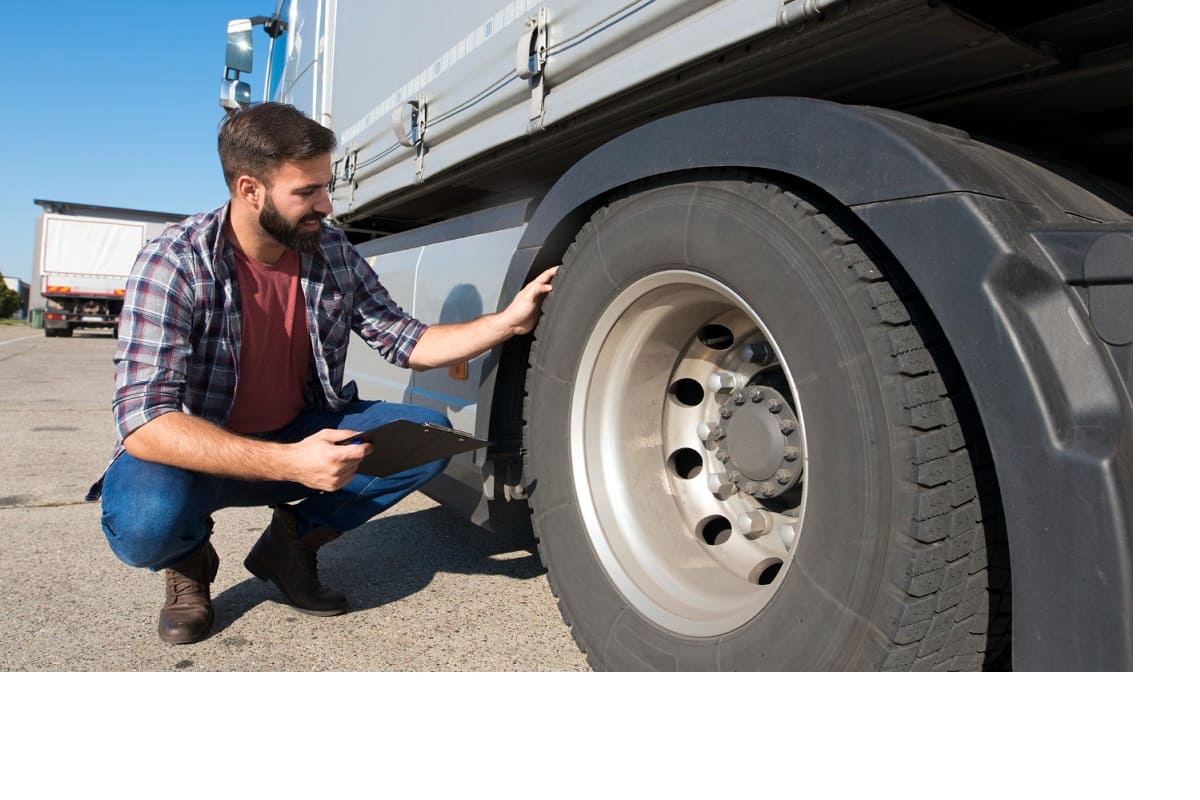Last Updated on August 1, 2025
How Winter Tires Improve Braking on Icy Roads: Key Benefits for Safer Driving
When temperatures drop, winter tires are far superior to all-season rubber. From better steering to improved grip, winter tires outperform the rest – especially when it comes to braking. You might be surprised, but winter tires are known to have 25-30% shorter braking distances than all-season rubber. In real life, having a shorter break distance could be the difference between hitting the car in front of you or arriving safely in case of emergency. In short, good winter tires save lives, and that is a big deal. They provide security and protection on the icy, snow-covered roads.
But just how do winter tires manage to do that? What is the secret behind their design? Should you go for studded or non-studded options? Let’s break it down and answer all those questions.
Winter Tires Technology
Winter tires stand out from all-season or summer tires primarily due to their design, materials, and tread patterns.
Rubber Compound
One of the main reasons winter tires excel on icy roads is the softer rubber compound that remains flexible in cold temperatures, enhancing grip.
In contrast, regular tires become rigid and lose traction when exposed to cold weather.
Tread Patterns
Winter tires feature deeper grooves and aggressive tread patterns to channel snow and slush away from the tire, improving contact with the road.
The larger sipes (small slits in the tread blocks) create more biting edges, which helps maintain traction on ice and snow.
Micro-Pores
Some winter tires, like the Nokian Hakkapeliitta R3, feature micro-pores in the rubber compound. These pores act like small suction cups, enhancing grip on icy surfaces.
These micro-textures on the tire surface create an additional grip layer and improve braking performance on ice.
Physics of Braking on Ice and Snow
- Reduced friction: Ice and snow drastically reduce friction compared to dry asphalt, causing tires to slide more easily.
- Slower Deceleration: A vehicle’s deceleration rate is slower without sufficient friction, leading to longer stopping distances. Even minor braking maneuvers can lead to losing control. Winter tires are designed to maximize friction on ice, improving deceleration and overall braking performance.
- Increased Momentum on Ice: Ice reduces resistance, meaning that once a vehicle starts moving, it maintains momentum. Winter tires are engineered to help break this momentum by improving friction.
Benefits of Studded Winter Tires
Studded winter tires offer several advantages for braking on ice, making them the preferred choice in regions with frequent icy conditions. Metal or plastic studs embedded into the tread dig into the ice, providing a better grip.
- Improved Ice Traction: Studs bite into the ice directly, creating friction and enhancing grip. This added traction is especially helpful during hard, quick braking.
- Shorter Stopping Distances on Ice: According to several studies, vehicles with studded winter tires can stop up to 50% faster on ice than non-studded or all-season tires.
- Increased Stability on Black Ice: Studded tires are particularly effective at combating black ice (which is often invisible to drivers and forms a thin layer dramatically reducing friction). By piercing through the surface layer, studs help maintain contact with the underlying road.
Drawbacks of Studded Tires
While studded tires excel on ice, they have some drawbacks, like increased road noise on dry or wet roads. Moreover, in some areas, studded tires are restricted due to the damage they cause to road surfaces.
Benefits of Non-Studded Winter Tires
- Enhanced Rubber Compounds: Non-studded winter tires, like the Bridgestone Blizzak WS90 or the Michelin X-Ice Snow, use rubber compounds engineered to remain soft and pliable in freezing temperatures. This flexibility lets the tires maintain a good grip on icy surfaces, even without studs.
- Multidirectional Sipes: The tread blocks on non-studded tires are filled with numerous sipes strategically placed in different directions. These sipes increase the number of biting edges that grip the ice when braking. Multidirectional sipes allow the tire to retain traction even when the vehicle moves in different directions, such as during cornering or skidding.
- Better Performance in Mixed Conditions: Their advanced tread patterns are designed to handle a wide range of winter scenarios, making them a versatile option for drivers who experience fluctuating weather conditions throughout the season.
- Reduced Road Wear and Noise: Unlike studded tires, non-studded winter tires do not cause damage to road surfaces and are generally quieter. This makes them a better option for urban and suburban driving.
Braking Performance on Ice: Although non-studded tires cannot match the direct grip of studded tires on ice, their innovative rubber compounds and tread designs still significantly improve braking over all-season tires.
Conclusion
Both studded and non-studded winter tires are crucial in improving braking performance on icy roads. With its advanced technology and innovative materials, winter tires of both kinds bring a lot in terms of safety and stability. However, what is the better option for you? That depends on where you live and what you expect from your vehicle. If you live in a standard continental climate and use your car for commuting, then the standard winter tire will do the job. But studded winter tires are necessary if you live in harsh weather regions and often drive in deep snow and ice.
-
Automotive Specialist
-
Proofreader
-
Writer




